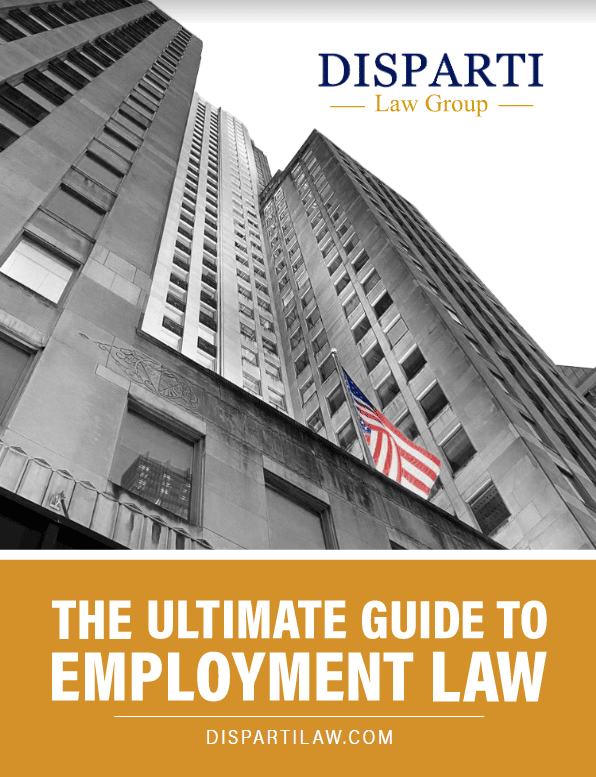Understanding how insurance companies calculate a settlement offer helps you navigate negotiations and secure fair compensation. This article breaks down these elements to give you a clear picture of what to expect.

In this Article:
- What is an Insurance Settlement Offer?
- How Does an Insurance Company Calculate a Settlement Offer?
- The Multiplier Method: Calculating Pain and Suffering
- Calculating a Settlement Offer Example
- Policy Limits and Their Impact
- Adjustments for Shared Fault
- Do You Have to Accept an Insurance Settlement Offer?
What is an Insurance Settlement Offer?
An insurance settlement offer is the amount of money an insurance company agrees to pay to resolve a claim. This offer is the result of negotiations between the insured party (you) and the insurer, aiming to compensate for losses such as medical expenses, lost wages, property damage, and pain and suffering.
The process starts when you file a claim, followed by an investigation by the insurance company. Once they assess the damages, they present a settlement offer. If you accept, you typically agree to release the at-fault party and their insurer from further liability. However, the initial offer may be lower than what you deserve, which is why negotiations are often necessary.
How Does an Insurance Company Calculate a Settlement Offer?
Insurance companies rely on several fundamental principles to determine the appropriate settlement amount. These principles include liability for the accident, medical expenses, lost income, property damage, pain and suffering, and additional damages. This comprehensive method ensures all aspects of your injury settlement are considered.
Insurance adjusters play a pivotal role in this process. They collect necessary evidence, such as medical records and witness statements, to substantiate the claim. Initial low settlement offers are often used as a negotiation tactic, so understanding the total settlement estimate is crucial before engaging in discussions.
The calculation of a reasonable settlement offer involves adding up economic losses, like medical bills and lost wages, and non-economic damages, such as pain and suffering. Established formulas are often used to arrive at a figure that reflects the true impact of the accident on your life. This method ensures that both tangible and intangible losses are considered in the final settlement amount.
The Multiplier Method: Calculating Pain and Suffering
The multiplier method is a common approach used by insurance companies to estimate compensation for non-economic damages, such as pain and suffering, in personal injury claims. This method involves adding up all economic damages—like medical expenses and lost wages—and then multiplying that total by a number typically between 1.5 and 5.
The chosen multiplier reflects the severity and long-term impact of the injuries; more serious or permanent injuries warrant a higher multiplier. In certain cases, especially those involving egregious or reckless conduct, a multiplier higher than 5 may be applied. It’s important to note that the exact formulas and multipliers can vary among insurance companies, and they often use specialized software to analyze multiple factors when determining the appropriate multiplier for a specific case.
Calculating a Settlement Offer Example
Sarah gets injured in an accident and files a claim with the at-fault party’s insurance company. After reviewing her case, the insurer calculates her economic damages—$25,000 in medical bills and $15,000 in lost wages—totaling $40,000.
But that’s not all. Sarah’s non-economic damages—pain, emotional distress, loss of enjoyment of life—could be anywhere from $60,000 to $200,000 depending on how badly she’s suffering. If she makes a full recovery and gets back to work without lasting complications, a lower multiplier (around 1.5 times her economic damages) might apply.
If Sarah has chronic pain, develops PTSD, or can’t do activities she used to love, a higher multiplier—up to 5 times her economic damages—could be used to capture her suffering.
Once the insurance company figures out a fair multiplier, they add it all up. If they use a multiplier of 3, Sarah’s total claim would be worth $160,000—$40,000 in economic damages and $120,000 in non-economic damages.
That’s why understanding how damages are calculated is so important—getting the right multiplier can make a huge difference in the final payout.
Policy Limits and Their Impact
Insurance policies have both per-person and per-accident limits that dictate how much can be paid for injuries in a claim. If the total injuries exceed the policy limits, the insurer may only settle for the maximum limit available. This can cap the total payment amount regardless of actual losses.
Insurers are obligated to settle claims within policy limits to avoid potential bad faith claims against them. Knowing policy limits is crucial for setting realistic expectations about your total settlement amount and navigating discussions effectively.
Adjustments for Shared Fault
Shared fault can considerably affect the settlement compensation a claimant receives. In jurisdictions with contributory negligence laws, even a minor fault can bar recovery of damages entirely. If an injured party is found to be 50% or more at fault, they typically cannot recover any damages in modified comparative negligence states.
Insurance companies assess liability by examining the actions of involved parties to determine the extent of fault. Knowing how shared fault impacts your settlement is vital for setting realistic expectations with your insurance company.
Do You Have to Accept an Insurance Settlement Offer?
You never have to feel obligated to accept the first settlement offer you receive from your insurance company. In fact, it may be best to take a moment to consider the offer before you accept and even have an attorney review your case to ensure you are receiving the offer you deserve.
When reviewing a settlement offer, injured victims should always keep in mind that an insurance company is a business first and foremost. They will always put their own interests first when calculating an insurance settlement. Lowball settlement offers are very common.

Chicago Personal Injury FAQs
The compassionate team at Disparti Law Group understands how frustrating it is to be injured and having to deal with insurance companies—and we are here to shoulder your legal burdens for you. Our firm has successfully recovered over a billion dollars for clients, and Attorney Larry Disparti has been featured in numerous national news publications for his notable case results. If you’ve been hurt and need help, contact us today to speak with someone who will advocate for your best interests.
How Do Insurance Companies Calculate Personal Injury Settlements?
Insurance companies typically use a combination of your economic damages—such as medical expenses and lost wages—and non-economic damages like pain and suffering to determine a settlement amount. They may apply a formula, often multiplying your total financial damages by a number between 1.5 and 5 based on the severity of your injuries. They also consider medical documentation, recovery time, and long-term impact when deciding what to offer.
What Factors Affect My Settlement Amount?
There are more than a few factors that may influence the value of a personal injury settlement from an insurance company. These include the severity of your injuries, how much time you missed from work, whether you’ll need ongoing treatment, and the strength of the evidence supporting your claim. Your level of responsibility in the accident also matters—if you’re found partially at fault, it could reduce your compensation. Non-economic factors like emotional distress and lifestyle changes may also be considered.
How Do Medical Expenses And Lost Wages Factor Into A Personal Injury Settlement?
Medical expenses and lost wages make up the foundation of any personal injury claim. Insurers look at the cost of emergency treatment, surgeries, follow-up care, therapy, prescriptions, and anticipated future care. For lost wages, they assess how much time you’ve missed and whether your injury will impact your future earning potential. Accurate documentation of these expenses is key to receiving a fair settlement.
What If The Other Party’s Insurance Limit Is Low?
If the at-fault party has limited insurance coverage, the maximum settlement may be capped at their policy limit. In these cases, we may explore other avenues for recovery—such as underinsured motorist coverage or third-party liability. It’s important not to accept an offer too quickly, especially if your injuries may require long-term care. A Chicago personal injury lawyer can help evaluate your options and determine if more compensation is available through other means.
Are Personal Injury Settlements From Insurance Companies Taxable?
Generally, settlements for physical injuries are not taxable under federal law. This includes compensation for medical expenses and pain and suffering. However, if a portion of your settlement is for lost wages or emotional distress unrelated to a physical injury, that amount may be subject to taxes. We recommend discussing your specific case with both your attorney and a tax advisor to understand the financial impact fully.
Support You Can Count On
Dealing with an injury claim while recovering is overwhelming—we understand that. At Disparti Law Group, we’ve helped thousands of injury victims find financial relief through fair settlements and verdicts. If you are in the unfortunate situation of needing the guidance and support of a Chicago personal injury lawyer, the compassionate team at Disparti Law Group has 24/7 live answering and we offer free case consultations. Let’s talk about how we can help.
Contact a Personal Injury Lawyer to Negotiate a Settlement Offer
An experienced lawyer can quickly determine whether a settlement offer from an insurance company is fair or not. Our team at Disparti Law Group Accident & Injury Lawyers has decades of experience and can smell a lowball settlement offer a mile away. We go above and beyond for our clients when negotiating a settlement offer on their behalf.
We have our team of investigators and researchers who can track down evidence, expert witnesses, medical records, and anything else required to win your case and maximize your settlement offer. We can calculate a settlement offer to cover all future expenses as well.
The best part — it’s free unless we win!
That means contacting a personal injury lawyer about a settlement offer after an accident is completely risk-free. For a FREE consult, contact us today by calling (312) 600-6000 and find out why thousands say… Larry wins!!









